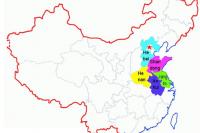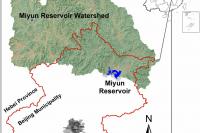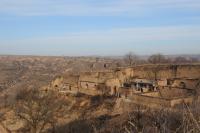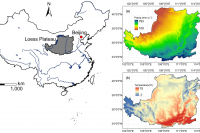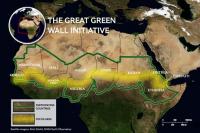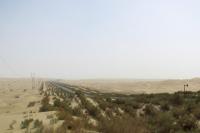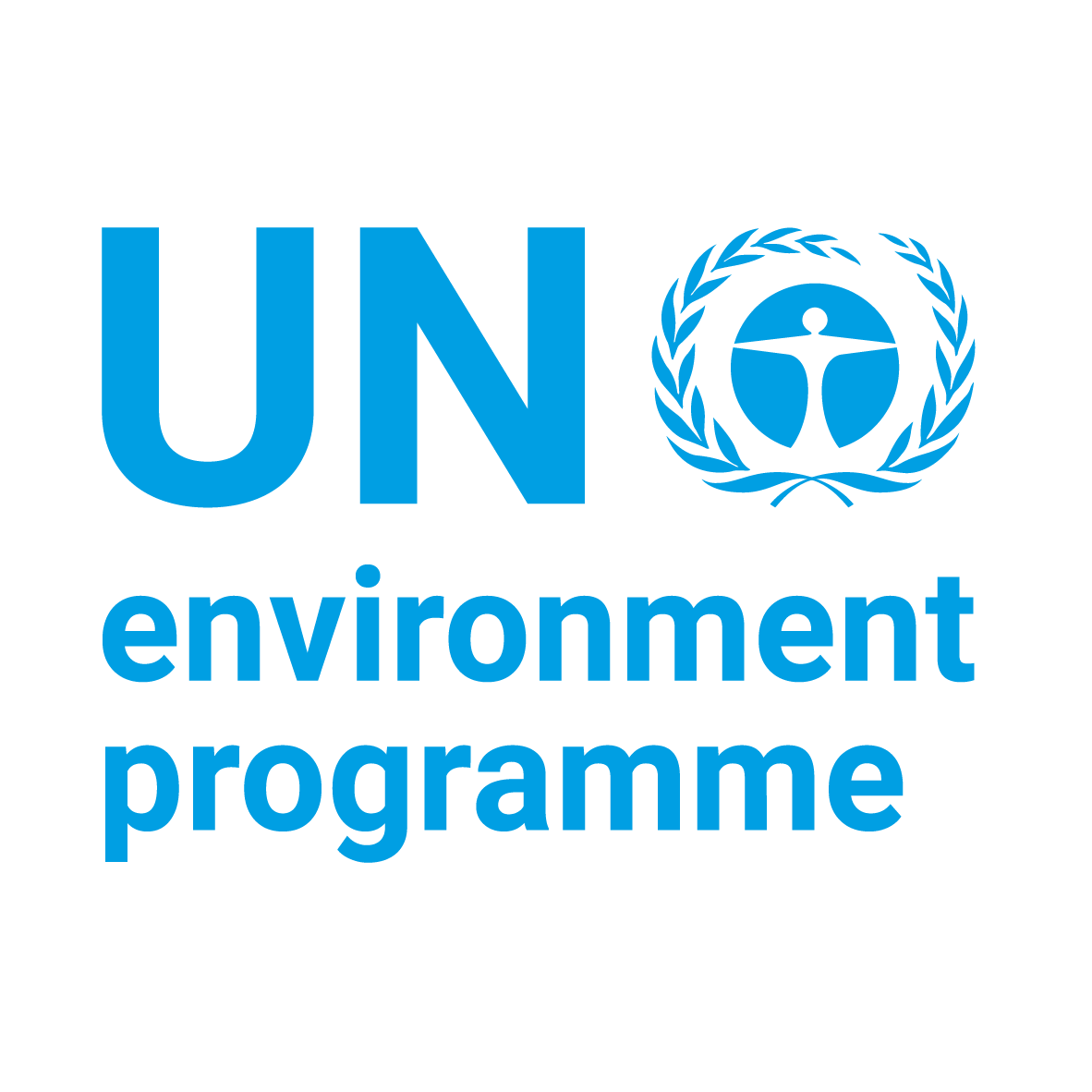Dryland
Drylands include sub-humid, semi-arid and arid lands, most of which are located in developing countries. Dryland ecosystem services include water and nutrient cycling, food and fibre, as well as carbon sequestration and climate regulation. Drylands are characterised by extremely high levels of climatic uncertainty. Climate change impacts such as higher temperatures, lower rainfall, and even more variability aggravate the constant decrease of productivity of these fragile soils. An ecosystem-based approach to adaptation, which includes restoration and renovation, represents an opportunity for new and more sustainable investments and improved ecosystem management for the benefit of livelihoods.
